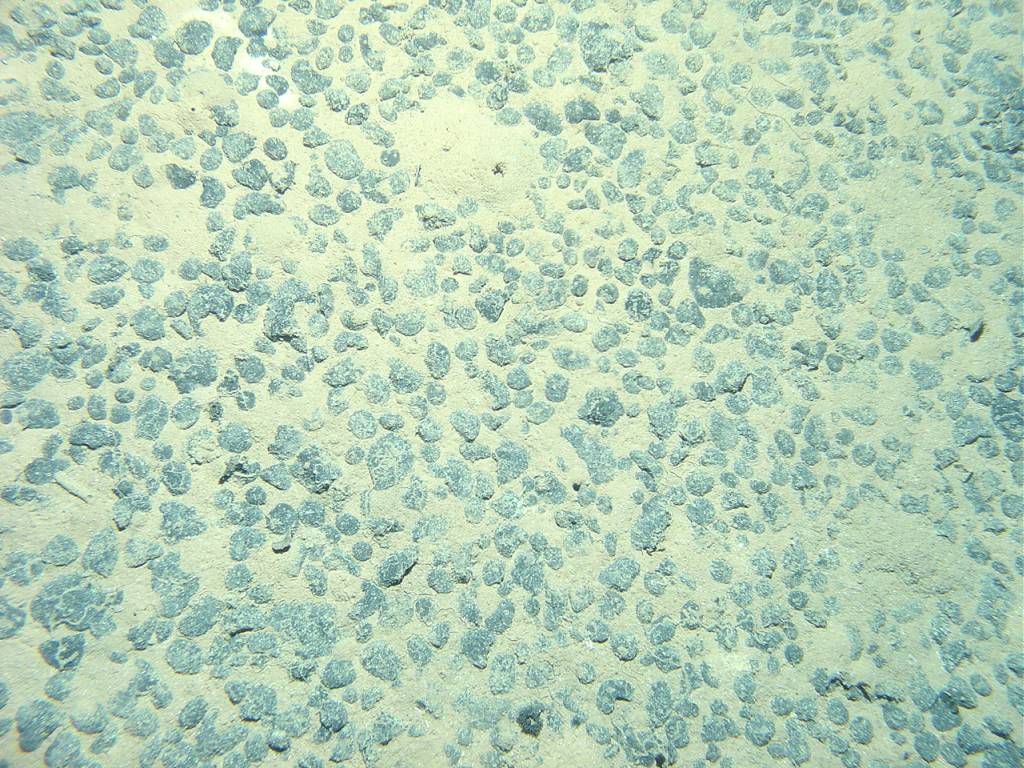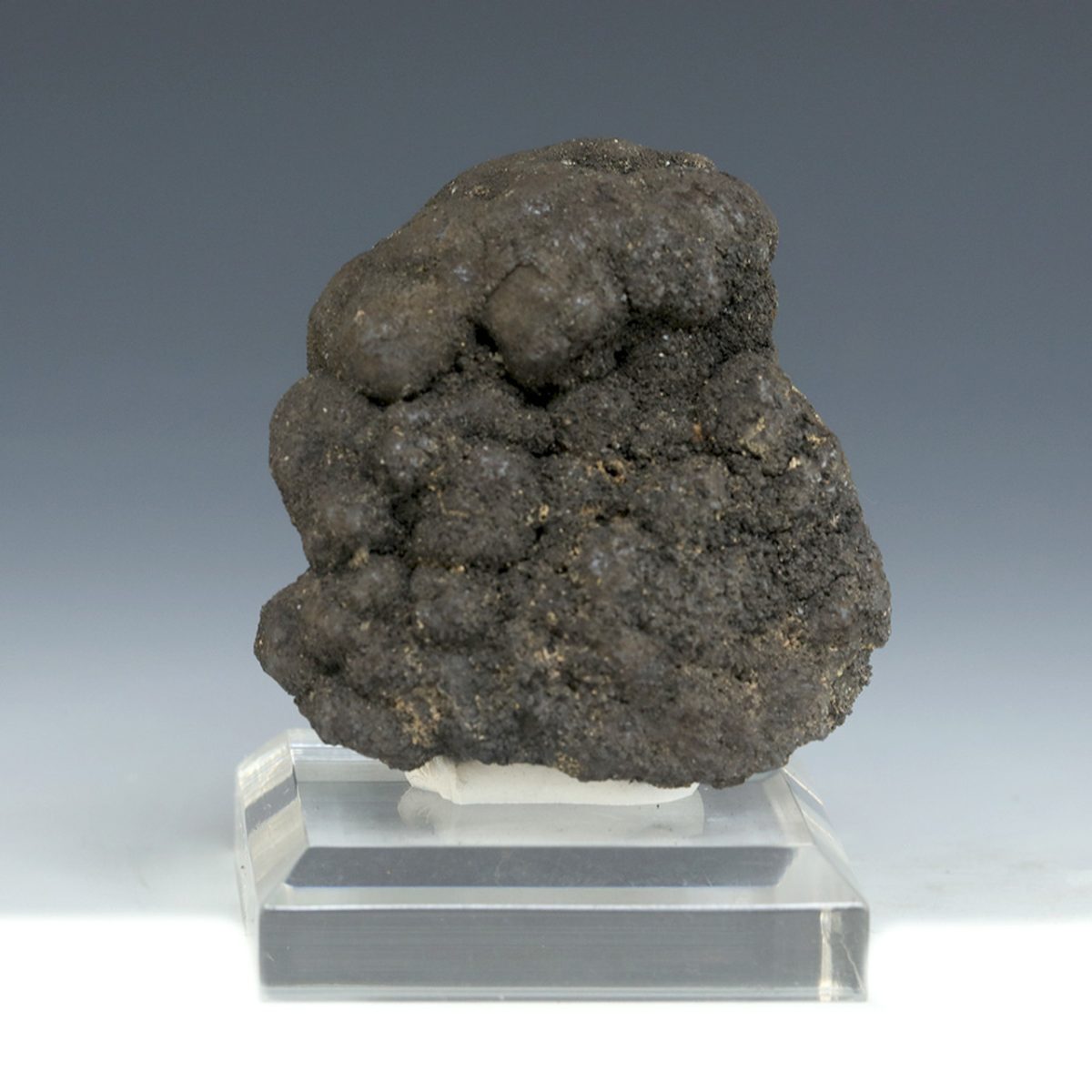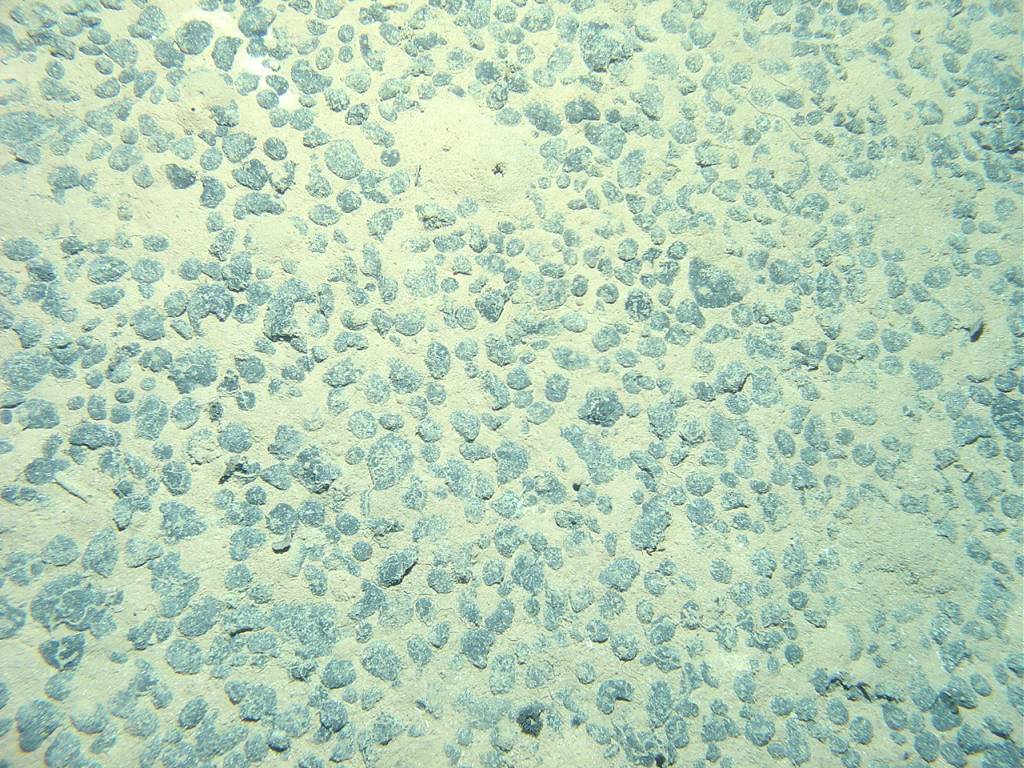Manganese nodules contain multiples of terrestrial metal
On the seabed in the deep sea, metals such as manganese, nickel and iron are literally up for grabs in the form of manganese nodules known in English as polymetallic nodules.
Most of the Earth’s surface has never been seen by human eyes. In a sense, we know more about the moon, or Mars, than about 70% of our planet. Namely the part that is taken up by oceans. Especially the abyssal plains, where the seabed is 3-6 km deep, are unknown territory where eternal darkness reigns.
Yet there have been expeditions by oceanologists who have made some striking discoveries in this quiet, distant world. One of the most striking and mysterious discoveries is the presence of huge numbers of manganese nodules. The bottom is littered with this, especially in the oldest parts of the ocean.
Contents
What are manganese nodules?

Manganese nodules are about three to ten centimeters large tuberous stones, which have formed over many millions of years on the ocean floor. They are extremely rich in metal, especially manganese, copper and nickel. Manganese nodules are about three to ten centimeters large tuberous stones, which have formed over many millions of years on the ocean floor. They are extremely rich in metal, especially manganese, iron, copper and nickel. In some places, such as the Clipperton area of western North America, more than 70% of the soil is covered with these rocks.
But what makes manganese nodules especially interesting is an extremely high metal content. For example, they consist of a quarter of their weight from the metal manganese. At the moment, a kilo of manganese costs more than € 2 wholesale. The prices for copper and nickel are even more than a factor of ten higher per kilo.
If you consider that 30-40 kg of manganese nodules per square meter can easily be found in the areas with the highest concentration, then you can imagine that there is literally a gold mine of metal here.
Manganese nodules have evolved over millions of years
Manganese nodules are formed as a result of one of the slowest geological processes known. The growth rate of the manganese nodules is expressed in centimeters per million years. In the time that, for example, Europe and America drifted 30 km apart or modern man developed from an ape-like ancestor, a manganese tuber has grown only 1-10 cm. In a very slow process, metal ions are deposited within the tuber, causing it to continue to grow.
This very slow and extremely sensitive process can only take place in parts of the ocean where no sand or clay particles drift down. Then you usually talk about abyssal plains, which are many hundreds to thousands of kilometers from the mainland. These are parts of the ocean where the continental shelf suddenly drops steeply and forms a deep submarine plateau, between three and six kilometers deep.
Harvesting manganese tubers from the deep sea is very difficult and therefore expensive

You will wonder why manganese nodules are not being harvested en masse yet. There are two good reasons for that. The first reason is that they are located in very inaccessible places, in the deep sea. Few submersibles can reach this depth. These are heavily reinforced, because the pressure increases by an atmosphere every 10 m depth. At a depth of 6 km you can easily talk about 600 atm.
At this extremely high pressure, divers must wear some kind of harness, otherwise their wetsuit will crumple. In terms of technical design, it is quite a challenge to build a harvesting device under these circumstances that can also be used economically.
But given the increasing hunger for metals, interest is now increasing rapidly. For example, trials are underway around the island state of Nauru for large-scale extraction of the tubers. There are protests against this, which in turn has to do with the second reason.
Damage to the ecosystem
These protests are not for nothing. The deep sea is a very fragile environment. All life processes proceed under the low temperatures, low oxygen levels and constant lack of food, extremely low. The same applies to soil life. Just like on the lunar floor, a footprint remains there for thousands of years. A brutal disturbance, as you can call mining, means that it takes many millions of years for the ecosystem to recover itself.
Even if a mining company can subtly pick up the manganese nodules, for example with a drone floating in the water, you are robbing all kinds of deep-sea organisms from their hiding place. And it takes many millions of years before new manganese nodules have grown again. So it’s best to do small-scale trials, and leave large parts of the ocean alone, so that ocean life can recover on at least part of the ocean floor.
We can afford that too. Because there is so much manganese on the seabed in the Clarion Clipperton Zone alone that a small ton of pure manganese and tens of kilograms of copper and nickel can be harvested per Earth inhabitant.



